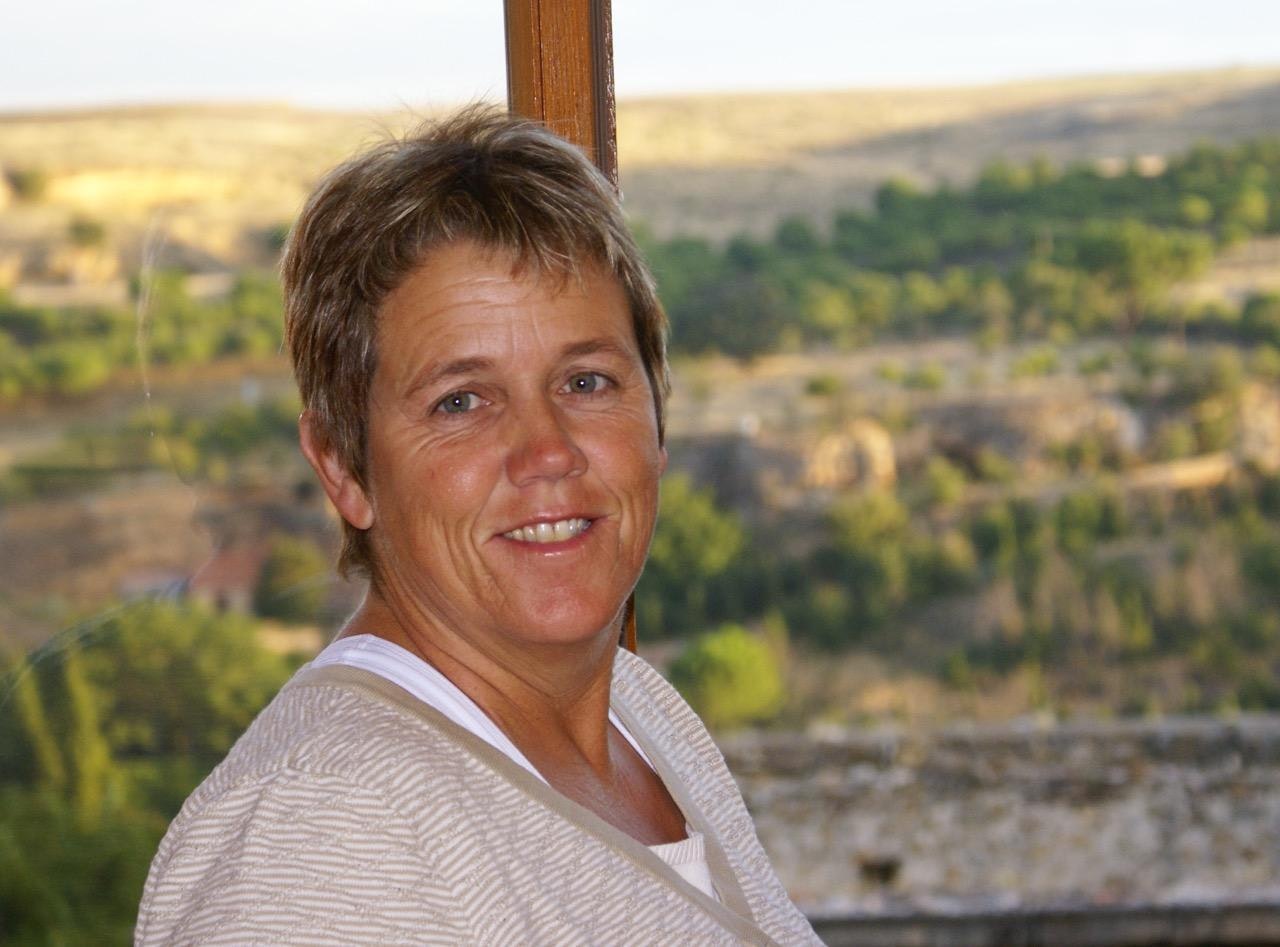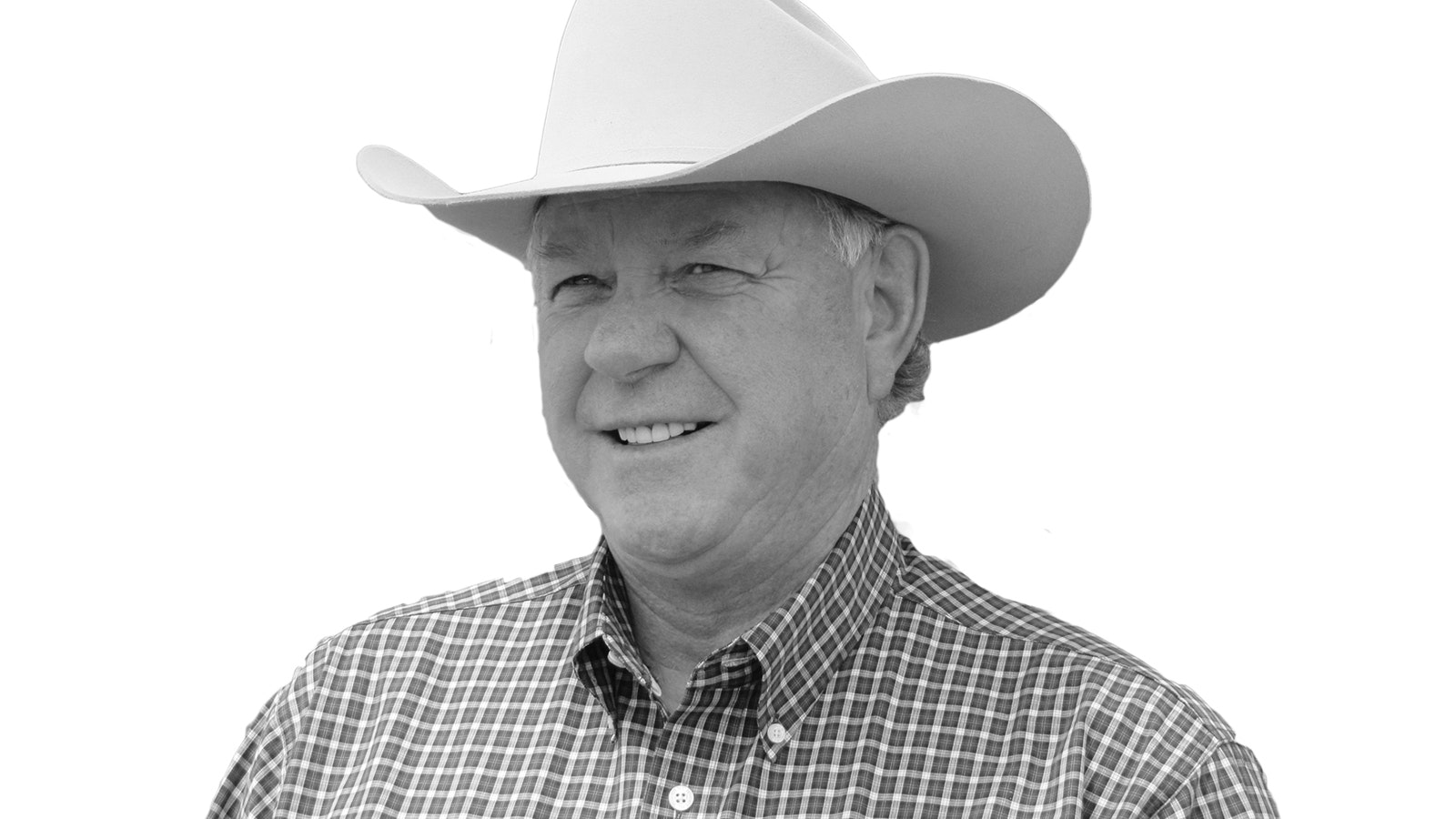Gov. Mark Gordon didn’t mince words last spring when he announced that Wyoming wouldn’t be supplying wolves for Colorado’s voter-initiated wolf reintroduction, and Wyoming’s stance was reinforced by a letter from Wyoming Game & Fish Department (WG&F) Director Brian Nesvik stating that not only would Wyoming not be supplying wolves, but WG&F did not support the reintroduction of wolves to Colorado.
While Colorado scoured the western states to find a donor population to implement its plan, the U.S. Fish & Wildlife Service was busy finalizing a rule that allows the State of Colorado to reintroduce wolves as experimental population under the Endangered Species Act (ESA). Although wolves in the Northern Rocky Mountains (NRM) are no longer under federal protections, any wolves that take up residence in Colorado would be under ESA protection, and the approval of the experimental population status gives wildlife officials increased flexibility in responding to conflicts involving wolves.
Even though Wyoming doesn’t favor the Colorado plan, WG&F large carnivore section supervisor Dan Thompson agreed to be one of the scientists providing peer review for the U.S. Fish & Wildlife Service’s experimental population rule, offering suggestions that in some cases were adopted by the federal agency while others were ignored.
Thompson took issue with FWS’s proposal to source wolves from the Great Lakes wolf population if donor wolves were not available from western states. Thompson wrote that the Great Lakes wolves inhabit a much different ecosystem with different predator-prey dynamics, and importantly, “the modern wolf in the Great Lakes has historic admixture with Eastern wolves (and to a lesser degree, coyotes).”
“I don't believe other NRM states would be in favor of introducing an admixed gray wolf that would spread into the state and interbreed with western gray wolves,” Thompson wrote. “The potential may be small, but historic admixture with other canids by gray wolves from the Great Lakes could portend an increased risk of hybridization with other canids in the west (i.e., primarily coyotes). This is especially true in the early years of a reintroduction program that plans to hard-release reproductively mature individuals during the breeding season into an environment with severely limited opportunity to reproduce with conspecifics, yet an abundant source of non-conspecific coyotes.”
Thompson pointed out that gray wolves in the western states have no history of hybridizing with coyotes and should be the target source for reintroduction to ensure the genetic integrity of the wolf population in Colorado and surrounding states. After peer review, and finally locating Oregon as the source of a donor wolf population, FWS dropped any mention of using Great Lakes wolves from its final rule.
Thompson also noted that the draft rule proposed by FWS seemed to minimize the reality of livestock depredation and the need to remove depredating wolves. He pointed out: “The reality of livestock depredation needs to be addressed, both from the impact to local producers and from the reality of necessary lethal removal of depredating wolves. This is not a perceived circumstance of wolves in North America it is real, it can be managed and mitigated but needs to be fully realized especially in this circumstance of reintroduction.” In response, FWS altered that section of the proposed rule to indicate that there would be areas with significant overlap between ecologically suitable habitat and conflict risks.
But FWS didn’t adopt all of Thompson’s suggestions. While FWS had noted that the wolf population in Montana, Idaho and Wyoming “remain well above minimum recovery levels” with a minimum of more than 1,700 wolves, FWS ignored Thompson’s request to compare that number to the wolf recovery goal – originally defined as at least 300 wolves distributed between the three states. Thompson noted that even with increased wolf mortality in Montana and Idaho, the NRM wolf population is still hundreds of animals above the minimal recovery criteria.
Thompson also pointed out that the FWS’s proposed rule stated that “gray wolves in most of Wyoming, outside of the wolf trophy game management area, are considered predators and can legally be killed with no limit on such take. Wolf packs are unlikely to persist in portions of Wyoming where they are designated as predatory animals.”
Thompson responded: “Not sure the importance of this other to bash something that the FWS has always disagreed with?”
Thompson’s comment prompted FWS to alter its wording while keeping its basic point: “Outside of the trophy management area, wolves are managed as predators and can be harvested at any time without a license and with no harvest limit. Gray wolf packs are unlikely to persist long term in portions of Wyoming where they are designated as predatory animals, which further limits the ability for individuals to enter Colorado from Wyoming.”
While the predator status of wolves in most of Wyoming may limit the ability of wolves to enter Colorado from Wyoming, it still happens, and was responsible for Colorado documenting its first wolf pack in decades in 2021, and detection of a second wolf pack in 2022. But as the FWS final rule notes, the legal status of a wolf changes with where it is located at any given time. A wolf moving from Wyoming’s predator zone into Colorado will become a member of the experimental population, whereas a wolf moving from Colorado into Wyoming will lose its federal protection.
Each of the four scientists that provided peer review for the FWS all found the rule to be scientifically sound. Adoption of the final rule occurred last week, surmounting the last hurdle for Colorado officials to release wolves into the state before the end of the year.
Cat Urbigkit is an author and rancher who lives on the range in Sublette County, Wyoming. Her column, Range Writing, appears weekly in Cowboy State Daily.





